Table of Contents
You tell yourself it doesn’t matter. It’s just a swipe left. Just another unread message. Just silence after a promising chat. But late at night, you still feel it—the ache, the tightening in your chest, the creeping sense that maybe you’re not enough. You scroll, swipe, and scroll again, hoping for a match, a spark, a reply. When nothing comes, it’s hard not to wonder: why does modern dating rejection hurt so much?
The truth is, it’s not “just” a swipe or “just” ghosting. It’s a hundred tiny moments of rejection piling up like invisible bruises. And your brain—wired for connection, not algorithms—feels every single one.
Why modern dating rejection hurts more than we think
We like to believe we’re rational creatures, but neuroscience tells a different story.
When someone swipes left on us or ghosts after a week of texting, the brain processes it much like physical pain. The anterior cingulate cortex—the region that lights up when you stub your toe—flares with social rejection too.
This wasn’t a problem in the small tribal groups we evolved in, where rejection was rare and socially catastrophic. But dating apps expose us to dozens, even hundreds, of tiny rejections in a single evening.
Each unreturned swipe or silent inbox becomes a micro-pain. On their own, they’re easy to dismiss. Together, they erode self-esteem and leave a lingering sense of unworthiness.
The unique sting of ghosting
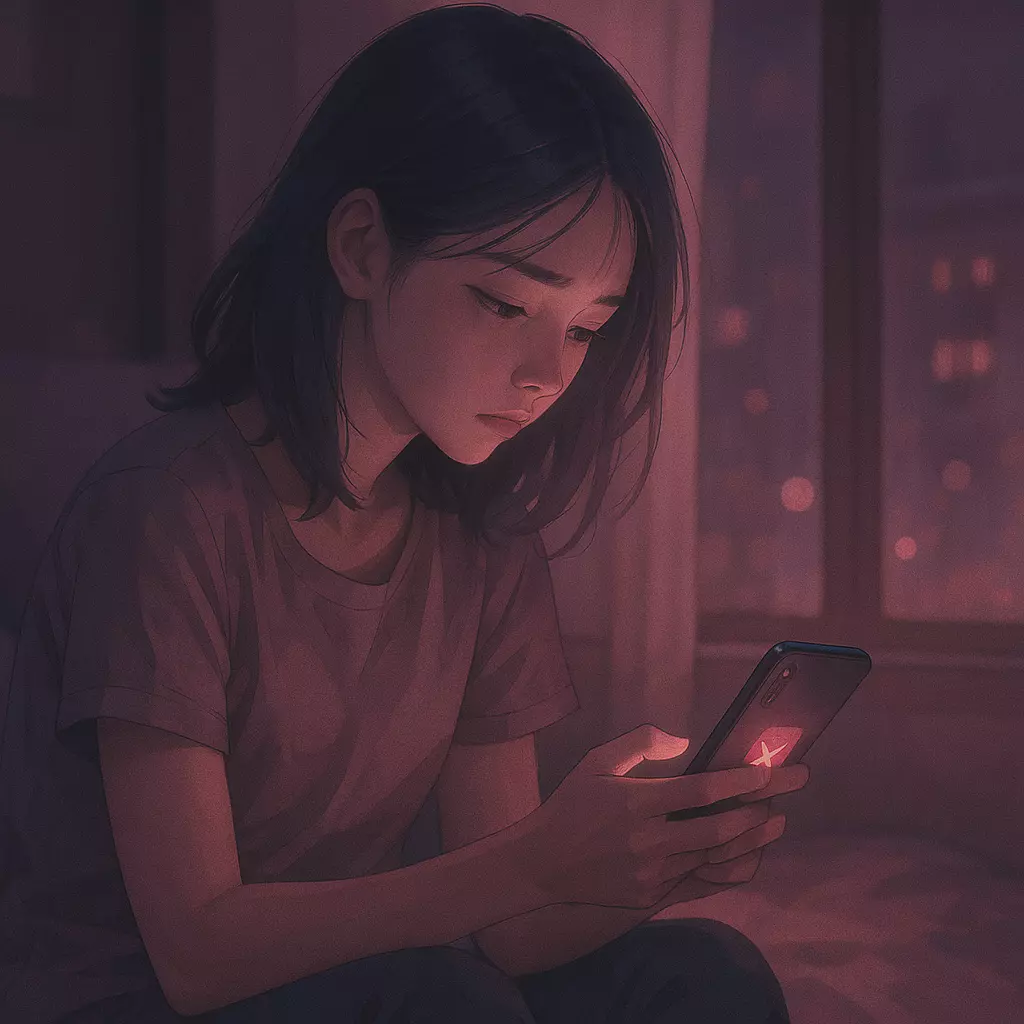
Ghosting goes a step further. It’s not only rejection—it’s vanishing without a trace. There’s no explanation, no clean break, no space to grieve.
Your brain, desperate for resolution, replays conversations and searches for clues. This uncertainty keeps the stress response active, like a spinning wheel that never stops.
Unlike a clear “no,” ghosting leaves you suspended between hope and despair. And repeated experiences of this abandonment can chip away at your ability to trust—both others and yourself.
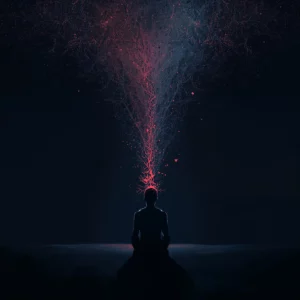
Why Breakups Hurt So Much (Science of Heartbreak & Healing)
Let’s examine breakups in: Biology of love & loss, Attachment styles, Rejection psychology, Closure, Rumination, Grief
Tap here to read more →When micro-rejections add up
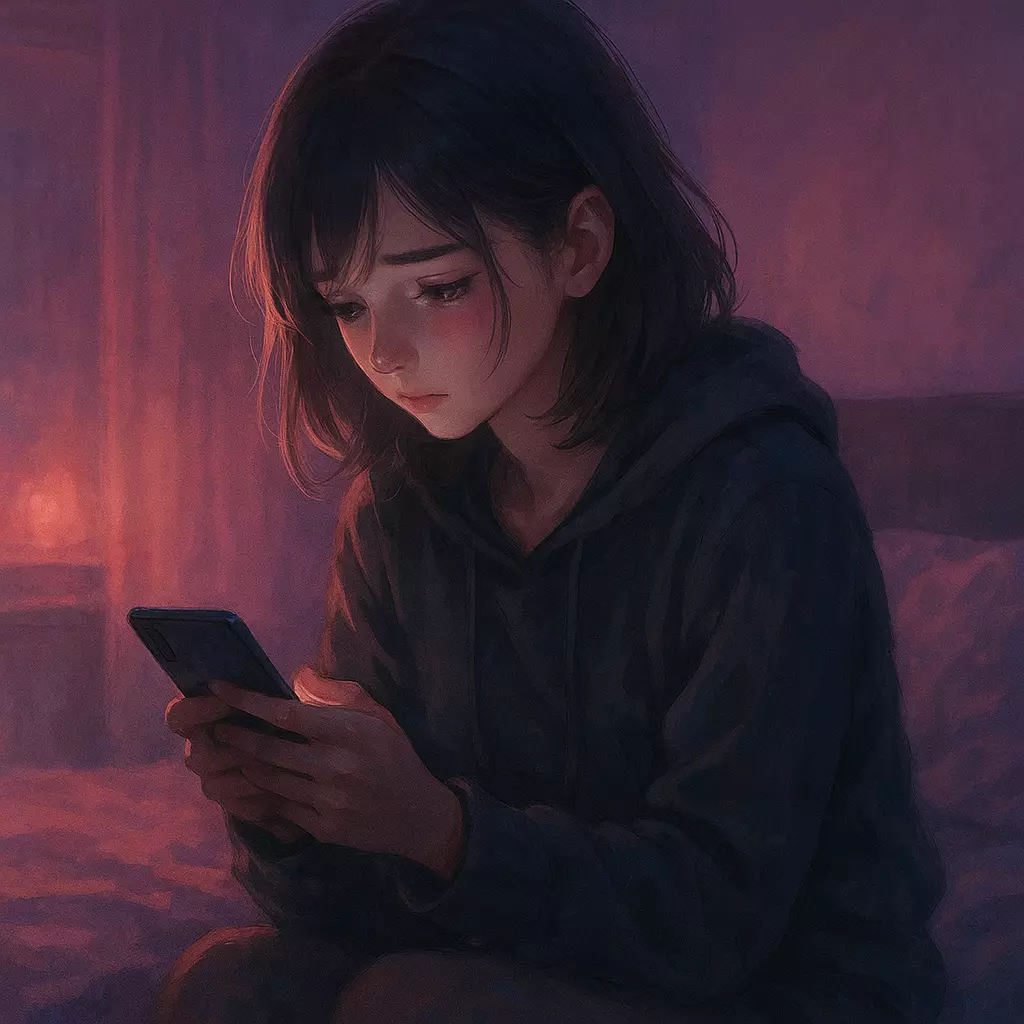
A single swipe left doesn’t define you. But hundreds of them, over months or years, can change how you see yourself.
Research shows repeated social exclusions increase sensitivity to rejection and make people more likely to withdraw from future opportunities for connection. It’s not weakness—it’s a protective response from a brain trying to avoid pain.
This is the hidden cost of modern dating’s gamification. The platforms were built to keep us swiping, not to safeguard our hearts. Without realizing it, we may start measuring our worth by matches and replies, forgetting that these fleeting interactions say little about our value.
Healing begins with understanding. The ache you feel isn’t imagined—it’s biology. Your longing for connection is not a flaw; it’s proof you’re human. And while the modern landscape of love often magnifies rejection, it’s possible to step back, remember your worth, and protect your tender self from the endless scroll.
FAQ
Q1. Why does rejection on dating apps feel so painful?
Dating app rejection activates the same brain regions as physical pain. Neuroscience shows the anterior cingulate cortex responds to social exclusion, making even small rejections like swipes or ghosting feel emotionally intense.
Q2. How do micro-rejections from swiping and ghosting affect self-esteem?
Repeated micro-rejections can gradually erode confidence. Each unreciprocated swipe or ignored message may seem trivial, but over time they add up, increasing sensitivity to rejection and fostering self-doubt.
Q3. Is ghosting worse than being told “no” directly?
Yes, because ghosting leaves no closure. The ambiguity keeps the brain searching for answers, which prolongs stress and makes it harder to move on compared to a clear rejection.
Q4. How can I protect my mental health from modern dating rejection?
Set healthy boundaries with apps, remind yourself that swipes and matches don’t define your worth, and focus on in-person connections or meaningful conversations. Awareness of how micro-rejections work is the first step toward resilience.
Scientific Sources
-
Pronk & Denissen (2020): The Effects of Matches vs. No Matches in Online Dating Apps
Key Finding: Users who ‘swipe right’ and receive no reciprocation experience measurable declines in mood and self-esteem—a clear example of pre-conversation rejection.
Why Relevant: Addresses how initial swiping rejections (micro-rejections) in dating apps incur psychological harm even without conversation.
https://arno.uvt.nl/show.cgi?fid=162723 -
Williams, Lieberman & Eisenberger (2003): Does Rejection Hurt? An fMRI Study of Social Exclusion
Key Finding: Social exclusion activates the anterior cingulate cortex—overlapping with physical pain signals—suggesting social rejection causes true neural pain.
Why Relevant: Provides neurobiological explanation for why repeated dating app rejections can hurt deeply.
https://en.wikipedia.org/wiki/Naomi_Eisenberger -
Fox et al. (2021): Ghosting: Abandonment in the Digital Era
Key Finding: Ghosting correlates with increased feelings of abandonment and confusion among recipients, showing strong emotional consequences.
Why Relevant: Highlights ghosting as a key form of accumulated micro-rejection in modern dating.
https://www.mdpi.com/2673-8392/4/1/4
- Rejection as Redirection: The Powerful Science of Cognitive Reframing

- Why We Get Addicted to Rejection (and How to Break Free)
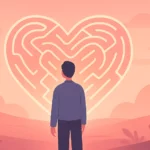
- Self-Worth After Rejection: 5 Powerful Ways to Rebuild and Thrive
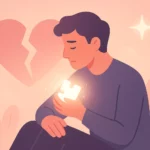
- Why Youre Taking Rejection Personally (and How to Finally Stop Hurting)
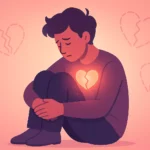
- Modern Dating Rejection: Why Micro-Rejections Hurt More Than You Think
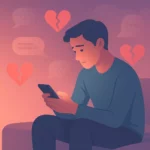
- Rejection Sensitivity in Relationships: Why It Hurts and How to Heal
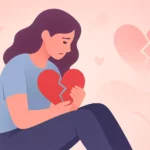
- The Psychology of Rejection: Why Heartbreak Hurts and How to Heal
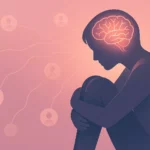
- The Painful Psychology of Rejection: Why It Hurts and How to Heal
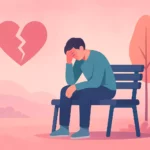
- Attachment Style and Breakups: Discover Yours to Heal Faster
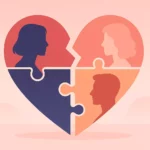
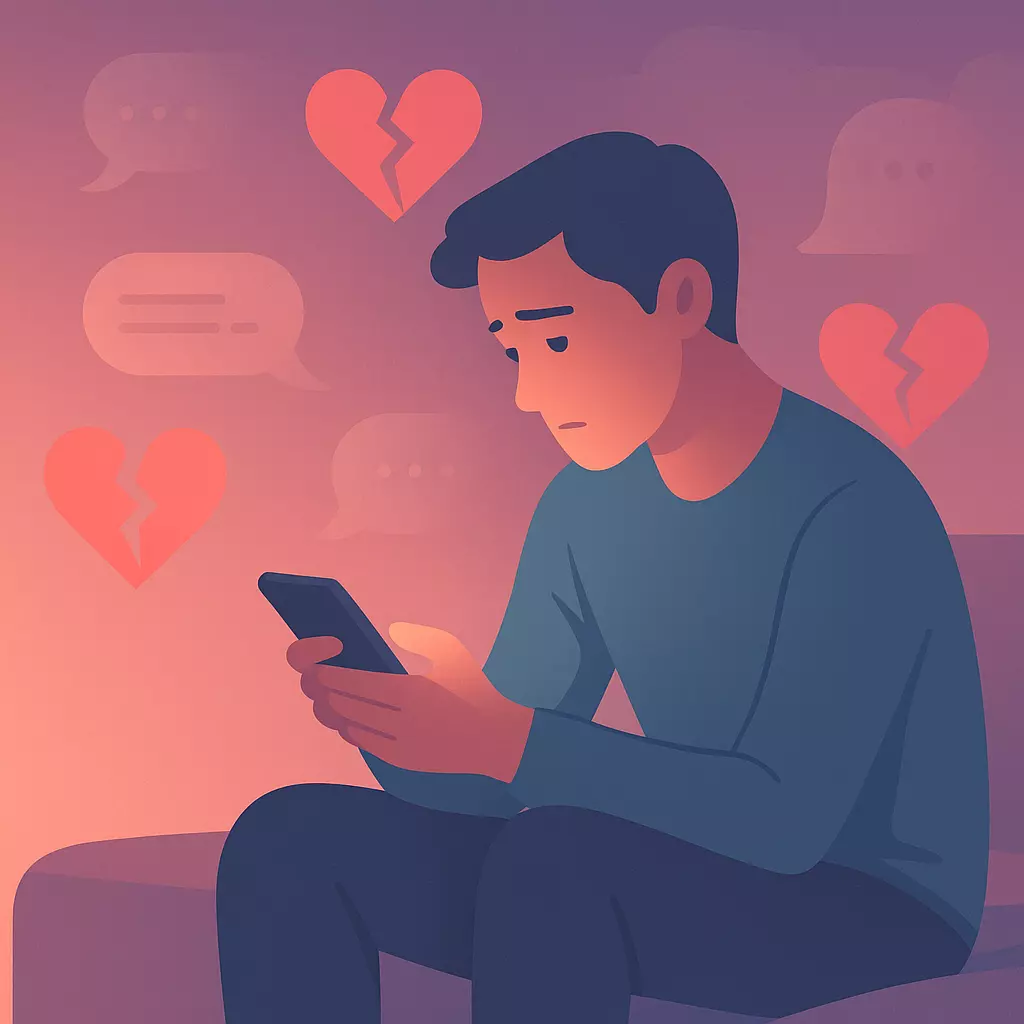
Leave a Reply